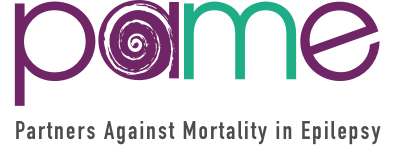Epilepsy-Related Mortality in Children and Young Adults in Denmark
Abstract
Background and Objectives Mortality is increased in epilepsy, but the important issue is that a proportion of epilepsy-related death is potentially preventable by optimized therapy and therefore needs to be identified. A new systematic classification of epilepsy-related mortality has been suggested to identify these preventable deaths. We applied this classification to an analysis of premature mortality in persons with epilepsy who were <50 years of age.
Methods The study was a population-based retrospective cohort of all Danish citizens with and without epilepsy 1 to 49 years of age during 2007 to 2009. Information on all deaths was retrieved from the Danish Cause of Death Registry, autopsy reports, death certificates, and the Danish National Patient Registry. The primary cause of death in persons with epilepsy was evaluated independently by 3 neurologist, 1 neuro-pediatrician, and 2 cardiologists. In case of uncertainty, a pathologist was consulted. All deaths were classified as either epilepsy related or not epilepsy related, and the underlying causes or modes of death were compared between persons with and without epilepsy.
Results During the study period, 700 deaths were identified in persons with epilepsy, and 440 (62.9%) of these were epilepsy related, 169 (38%) directly related to seizures and 181 (41%) due to an underlying neurologic disease. Sudden unexpected death in epilepsy accounted for 80% of deaths directly related to epilepsy. Aspiration pneumonia was the cause of death in 80% of cases indirectly related to epilepsy. Compared with the background population, persons with epilepsy had a nearly 4-fold increased all-cause mortality (adjusted mortality hazard ratio 3.95 [95% confidence interval [CI] 3.64–4.27], p < 0.0001) and a higher risk of dying of various underlying causes, including alcohol-related conditions (hazard ratio 2.91 [95% CI 2.23–3.80], p < 0.0001) and suicide (hazard ratio 2.10 [95% CI 1.18–3.73], p = 0.01).
Discussion The newly proposed classification for mortality in persons with epilepsy was useful in an unselected nationwide cohort. It helped in classifying unnatural causes of death as epilepsy related or not and in identifying potentially preventable deaths. The leading causes of premature mortality in persons <50 years of age were related to epilepsy and were thus potentially preventable by good seizure control.

